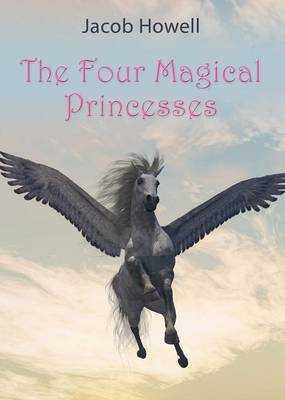Reviewed by Terri M. LeBlanc on
The Four Magical Princesses falls firmly in a children’s chapter book or middle grade novel realm. However, its lack of chapter breaks or clear breaks in the action is a pain point as it was hard to know when to take break and it’s a tad long to read it all in one sitting with kids.
My favorite part of The Four Magical Princesses is the four princesses. Each one is unique and has special powers. Each princess discovers her power in her own time and how that power can be used to save the kingdom. In the end, the princesses discover how to work with each other and other magical creatures. The lessons of the story are handled well and left me smiling.
Dragon Called shows promise at being a strong story. I liked the characters and the basics of the world—fantastical shifters!—were enjoyable. However, there are some world building issues that caused me to become confused about how the shifting actually works as it was never fully explained. This lead to some grammatical issues with pronoun assignments throughout the novel. It also felt like the physical world the characters inhabited was not fully mapped out. The use of country names vs. city names interchangeably led me to become disoriented and there were times I wasn’t quite sure where the characters were or where they were heading.
I was reminded a bit of Seraphina by Rachel Hartman while reading Dragon Called, but it’s overall structure and world-building isn’t as strong as Hartman’s duology.
Both of these novels might good books for parents and children to read aloud together. The stronger of the two books is The Four Magical Princesses, but both books do have elements of the fantastical that are appealing and with a little more work could shine.
This review was originally posted on Second Run Reviews
Reading updates
- Started reading
- 30 July, 2017: Finished reading
- 30 July, 2017: Reviewed
